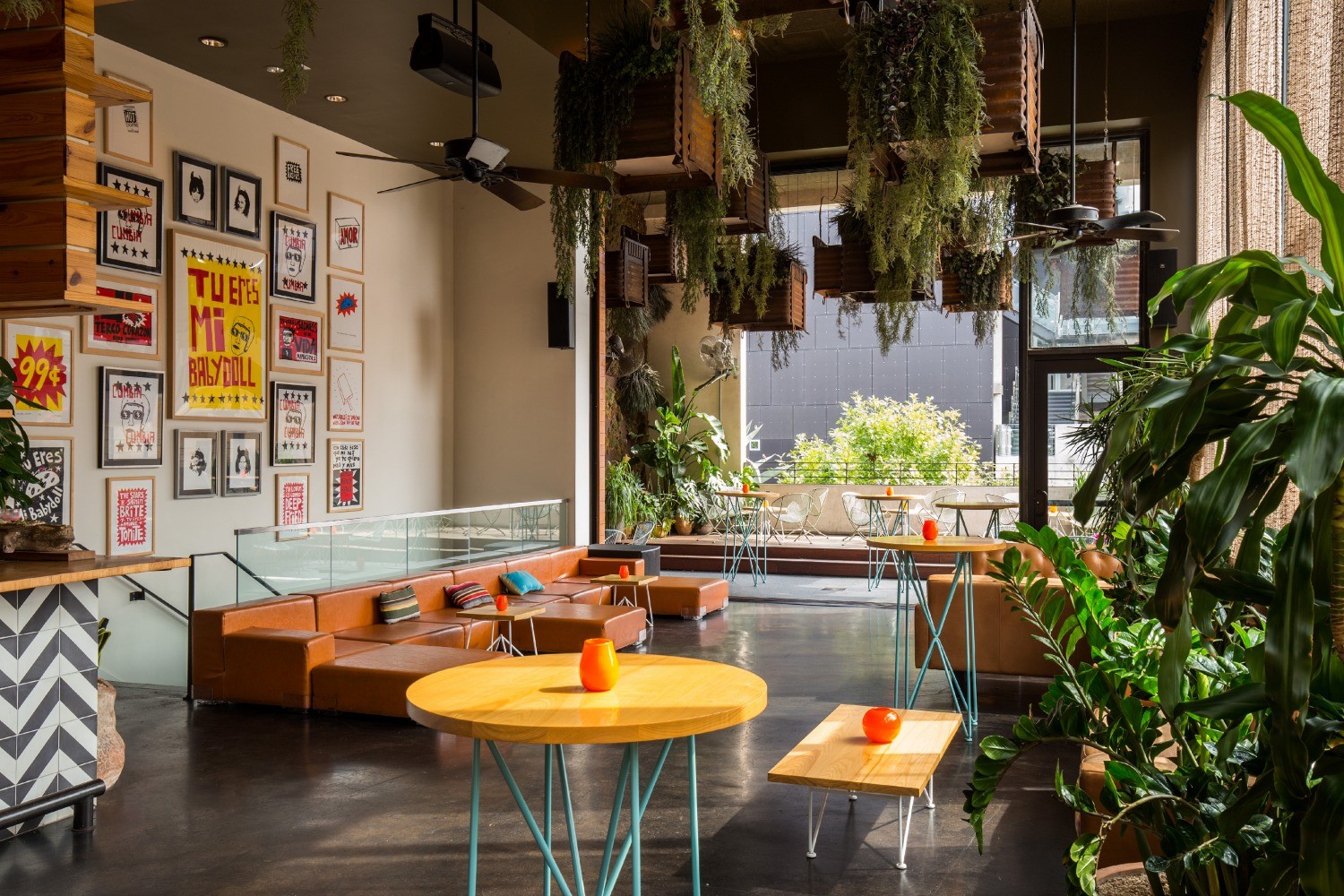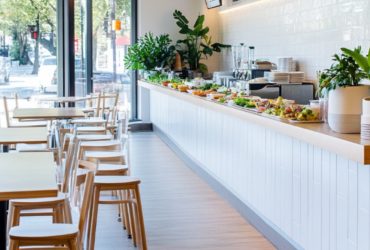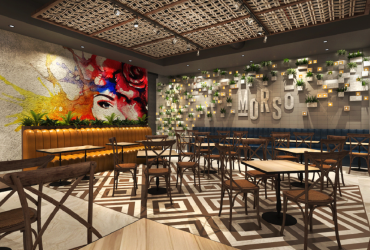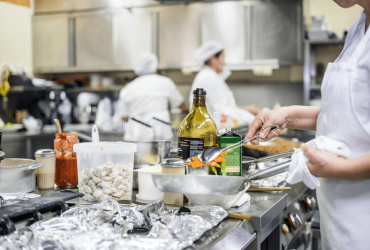How to Start A Restaurant With No Previous Experience
Owning a restaurant is one of the most rewarding experiences of your life. If you aspire to own a restaurant one day, and don’t know what it takes to own one, or currently in the middle of launching your dream project, then this post is exclusively for you and we will enlighten you, in detail, about what you need to know before opening a restaurant.
Launching your dream restaurant project is not just about fancying customers with good food. In fact, it is just the tip of an iceberg. Of course, any successful restaurant needs phenomenal delicacies. Like any other business, the success of a restaurant also depends on other pillars like inventory management, customer service, product pricing, and many more among others.

‘’The customer experience is the next competitive battleground.’’ – Jerry Gregoire
Constant changing lifestyles and shifting demographics are the driving force behind the surge in the food-service business. Busy consumers don’t have time to cook. They want the tasty, nutritious meals without the hassles of washing dishes. The rising trend of more and more singles, working and elderly people prefer a greater convenience of buying their meals.
Though the future of the restaurant business looks pretty bright overall, it is not just. Even the most successful ones would not guarantee it as a ‘get rich quick’ industry. A hard reality is many restaurant businesses fail during their initial years because they simply lack planning.
The intent of curating this post is to provide you a step-by-step plan to set up a restaurant business. This article is more akin to a business plan which helps you delve into all the major aspects of restaurant business such as location, restaurant/bar interior design, staffing, etc :
- Restaurant’s concept
- Funding
- Costing
- Location
- You need a perfect menu!
- Inventory Management
Now you know about the steps that are vital for opening a restaurant
business, let’s dive deeper into each of these steps to know what exactly it takes to open a successful restaurant business.
‘’A restaurant is a fantasy-a kind of living fantasy in which diners are the most important members of the cast.’’ – Warner LeRoy
1.Restaurant’s concept
Before you settle for a particular concept, answer the following questions: who’s your audience? What would be the price range for your menu? Would you apply a theme based on any particular ethnicity or culture? Do you have a particular menu in your mind in sync with the restaurant interior design? Are you looking for formal or casual dining? Below are four distinct types of the restaurant concept, from fast-food chains to fine dining that could be clubbed with your restaurant design theme :
- Fine Dining – The terms
fine-dining pops all kinds of images in mind, from white tablecloths to waiters
in uniforms. As the name says, it offers the finest food, services, and
atmosphere. Of course, product pricing is much inclined on the higher side. - Cafe – Any good cafe does not offer table
service. In addition, there is always self-service. Cafe culture is more on a
hipster’s side which is known for their intimate and relaxed atmosphere.
Outdoor seating is another trademark of any European-themed cafe. - Fast Casual – It is one of the
hottest trends among millennials, which offer disposable dishes and promote
organic ingredients in their menu. It is one-step above that of a fast-food
chain as their food menu tends to be uppity. - Fast-food chains – It is the most
familiar concept since the age of industrialization. Chains like Mcdonalds and
Burger Kings are the talk of the town since the 1960s. This concept attracts
customers for fast delivery, convenience, and cheap prices. - Bars and Lounges – A place which has very at ease seating with a mix of relaxed ambiance and high tune.
Consumers can come in with their friends and eat distinctive kinds of cuisine
served and liquids.
2. Funding
Most ideal restaurant
ideas never see the light of the day due to the scarcity of funds, which is the driving force behind the opening of any successful restaurants in India. Depending upon the concept of your restaurant, you must introspect how much funding is required to start off your restaurant entity, then you can go about exploring the following ways that help you accumulate those funds for your dream project :
- Self-funding – If you’ve enough
savings in the bank, then you can open a restaurant without much a fuss. - Crowd-funding – If you’re
running low on funds, you can resort to crowd-funding platforms that help you
raise the required money to open your restaurant. - Angel Funding – It could be a
little complicated process. Any investor looks for certain factors like growth
potential, cost-to-profit ratio, expansion viability, etc. - Bank Loan – You can simply apply for a bank loan to
start your restaurant business. But, any bank loan may come up with hassles
like mortgage, higher interests, or someone who can guarantee and underwrite a
loan.
3. Costing
You must know what it all costs to run a restaurant thus needs to be planned and carefully on a day-to-day basis. Here are the following costs involved in starting a restaurant business :
Raw Material Costs – The cost of raw materials in preparing any dish ideally should be around 20-30% of the price mentioned in your restaurant’s food menu.
Other Costs – These include :
- Rent – The rent covers the big chunk of your
restaurant costs, and is affected by the location of the restaurant. In
general, the rent cost must not exceed 10% of your revenue. - Interiors – It could be a
one-time cost. You must decide the kitchen interior design based on your theme
or concept. - Kitchen equipment – Purchasing the
right and state-of-the-art equipment requires a heavy cost, but the cost can be
recovered in the long run. - License – Without a license or NOC, the idea of
your restaurant business is only confined to your journal. One should visit the
municipal office, to get the latest quote on license fee along with any
adjoining taxes and fees to start a restaurant. - Promotion – Ideally you need
to spend 1-2% of your earned revenue on promoting your restaurant in multiple
online and offline channels. Consult with any marketing expert, how a digital
marketing concept is viable for your restaurant business.
4. Location
The success of the restaurant business always depends upon the location. It is always important to access and gather all the essential information about a location where you aspire to open your restaurants such as competitor’s progress, the customer base of that particular area, product value, and their preferences, visibility, and accessibility.
5. You need a perfect menu!
Your food menu should be in sync with your dream restaurant concept or theme. A menu should be simple, descriptive, and consist of food items that contain common ingredients, that can be prepared without taking much effort or time. Common ingredients help you save the cost of the raw materials and generate less waste than usual. Pricing is another strategy where one should work in a way that lures customers to spend more.
6. Inventory Management
Good inventory management means a healthy relationship with suppliers and vendors. You must have at least two to three vendors for your raw materials’ stockings. There’s always a price fluctuation with edible ingredients. This will help you track the best price, quality, and demand while having multiple vendors at your disposal. Always keep a stock worth for a day or two, to generate less amount of waste and maintain efficient costing.

Execute!
Drafting an idea of opening a restaurant looks pretty exciting in papers. But, being a restaurateur is itself could be a little uphill task and requires dedication in executing every step. With this article, we hope we are able to give you all the relevant information you need on how to start a restaurant business. Raise all your queries and concerns related to it in the comment sections below.



 Back to Blogs
Back to Blogs

 Prev
Prev


